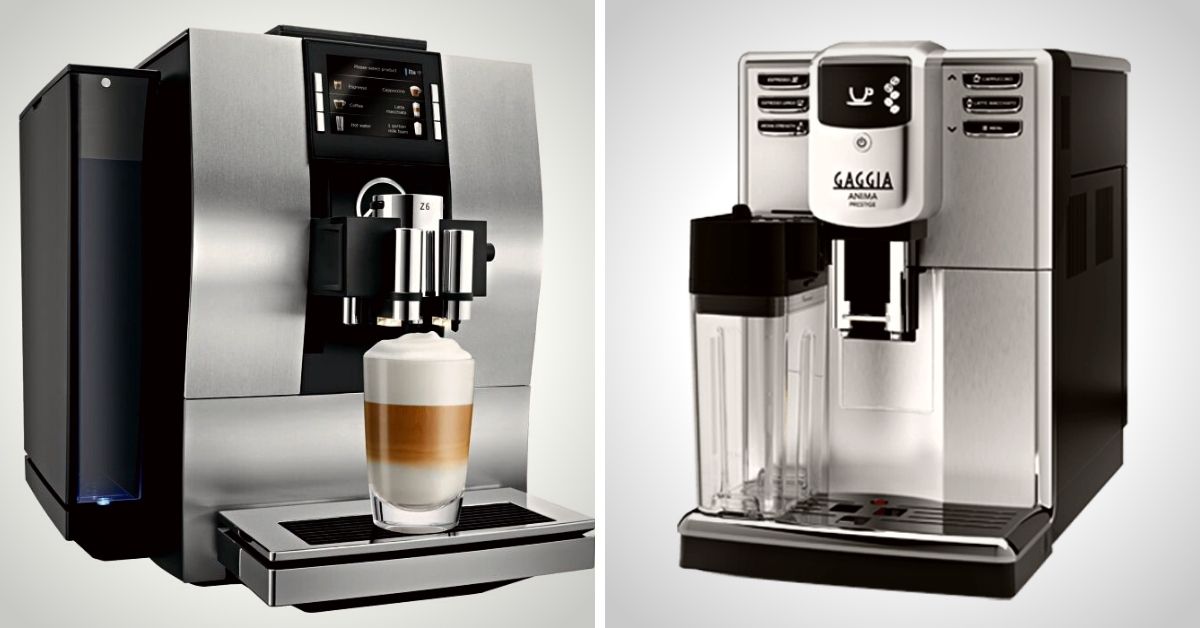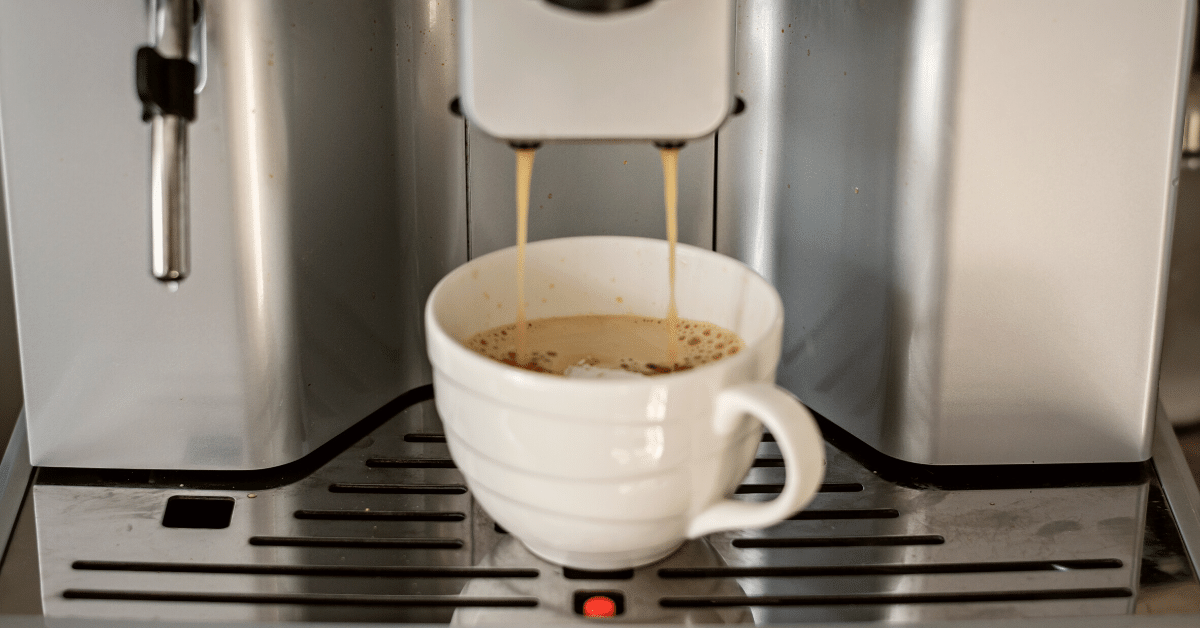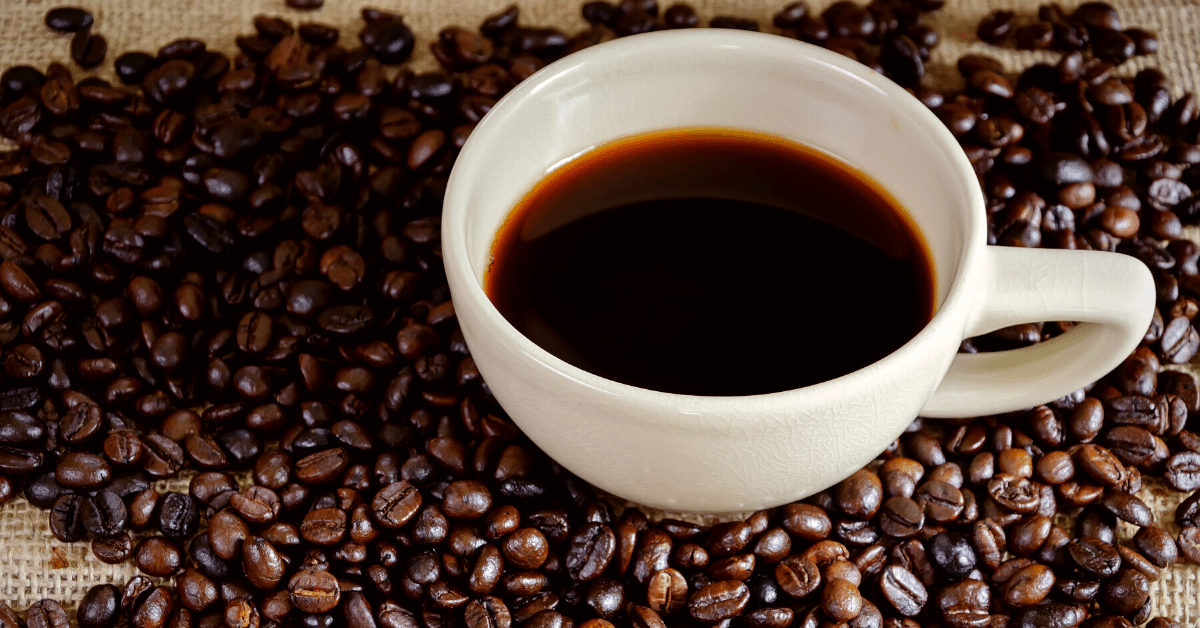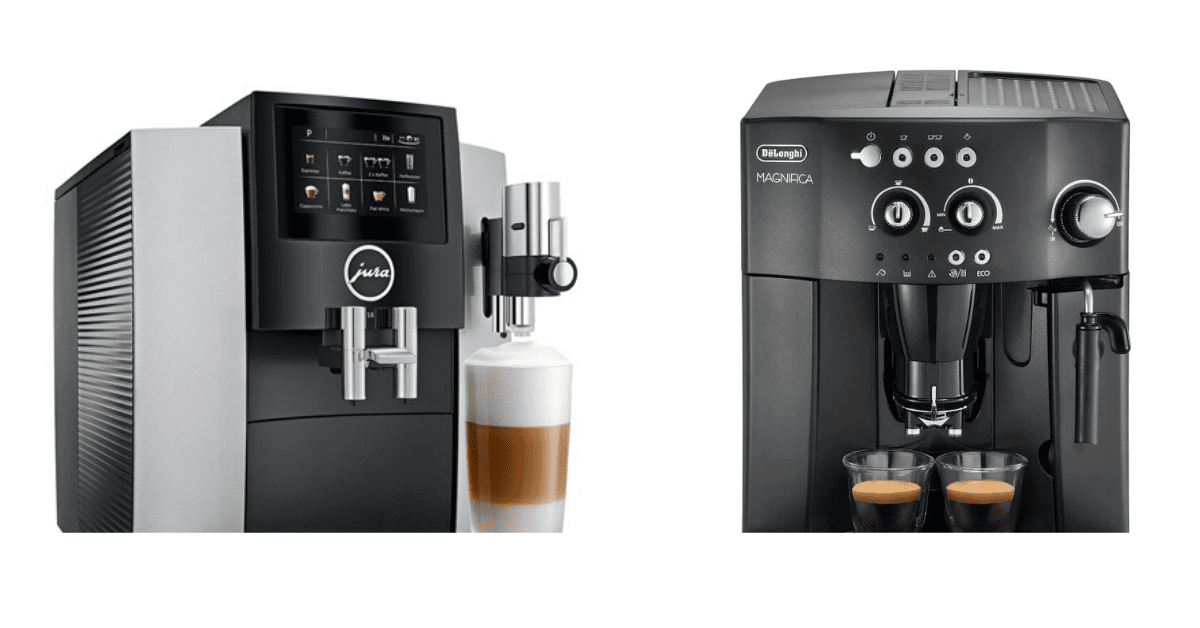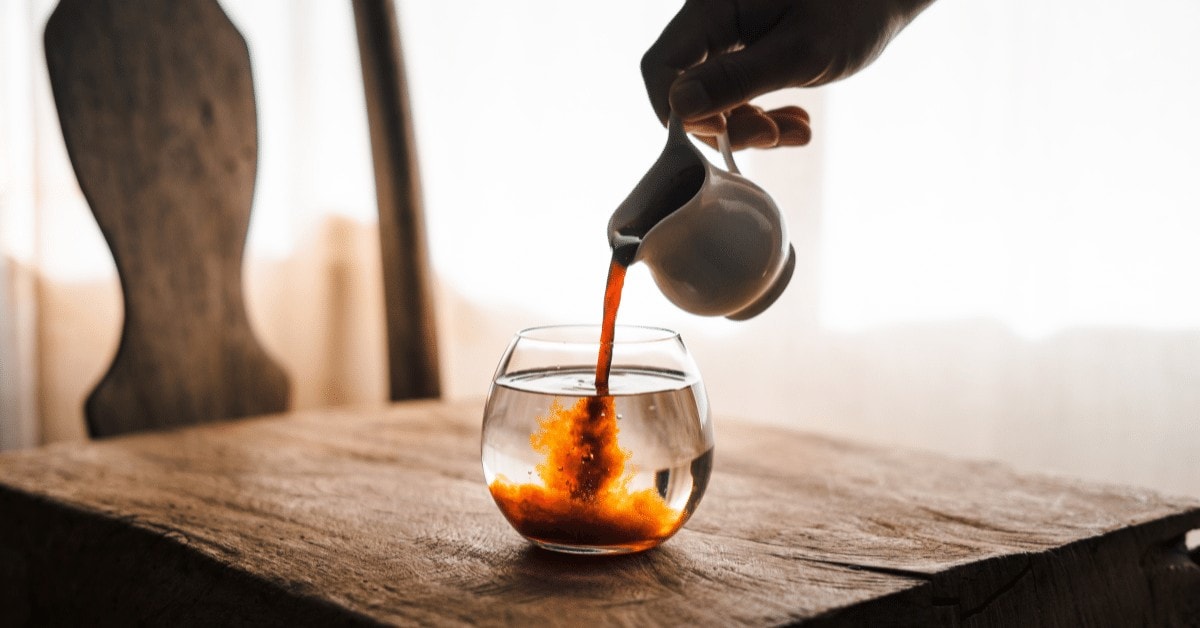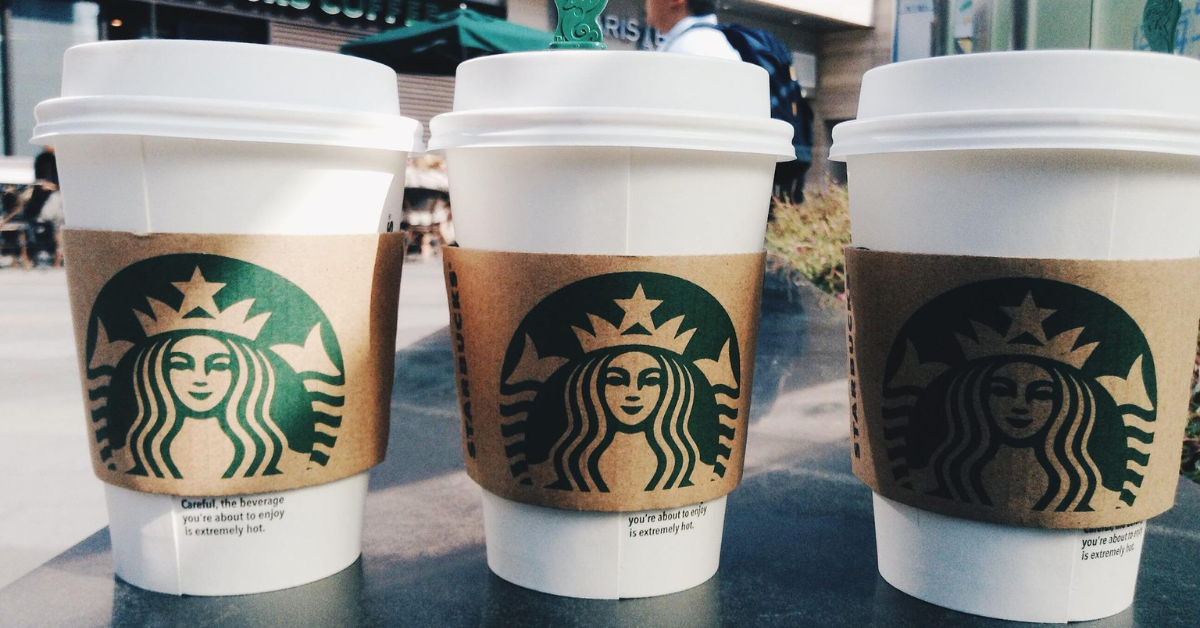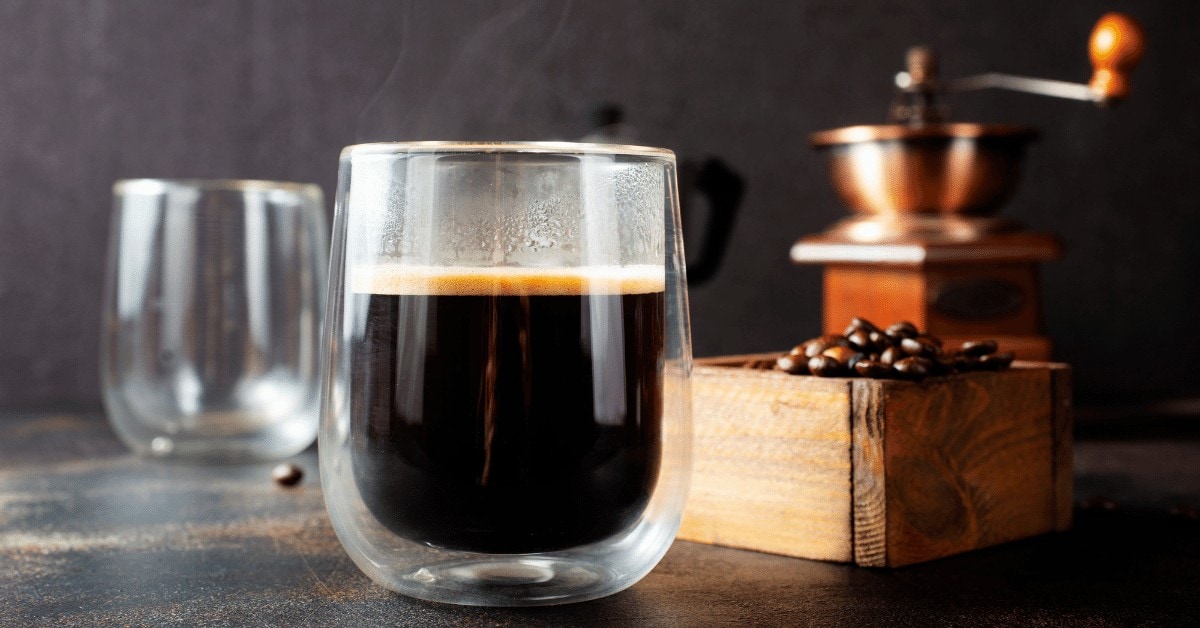Looking for the ultimate Jura vs Gaggia showdown? Jump into our article and find out which of these brands produces better coffee machines.
Buying a new espresso machine?
Both Jura and Gaggia are top brands when it comes to espresso makers.
But there are a lot of differences between them as well.
In order to make your choice easier, I researched both of them thoroughly. Today, I’ll share with you everything there is to know about each of them.
Let’s dive straight into this Jura vs Gaggia showdown.
A Quick Overview of Jura
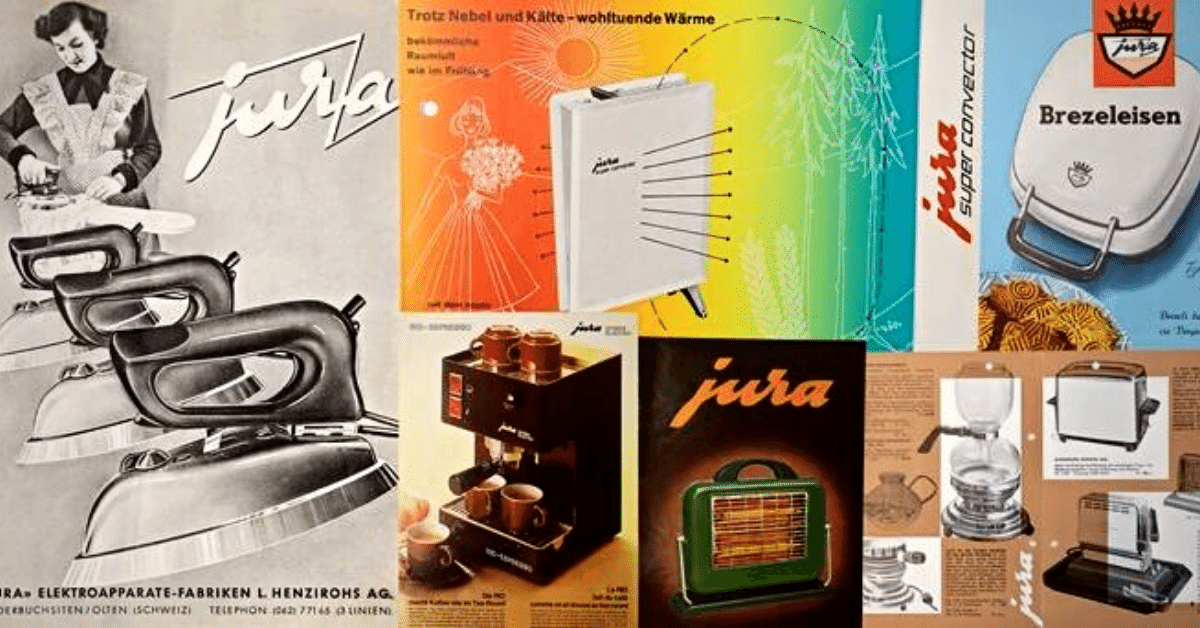
Jura is a home appliance brand that has been around for almost 100 years. But soon after Jura started making espresso machines, it began phasing out other products that weren’t specialized in that area.
Today, you can only find high-end super-automatic espresso machines in the brand’s range. Very pricey, but worth every penny.
Jura Z6 is considered to be one of the best machines from the brand. It offers the best price-performance ratio out of all the models Jura offers.
This coffee machine is made from sturdy aluminum and ABS plastics, so it’s clear it’s built to last.
It also features the new Aroma3 grinder, which does the job twice as fast as previous models did. The grinder is pretty quiet, which is great if the rest of the house is asleep.
But the most amazing feature of this machine is the frother. Even though it’s automatic, you have 10 levels of foam and milk temperature to choose from. Now, that’s something even manual frothers can’t do!
Pros
- An easy-to-use control panel allows you to tweak your drink or choose from pre-programmed ones
- An automatic frother can make your milk foam just how you want it, without your input
- A quick-heating system allows you to make cup after cup without waiting in between
- You can operate your espresso maker with your phone thanks to the Bluetooth connection
Cons
- Quite expensive for a casual espresso drinker
A Quick Overview of Gaggia
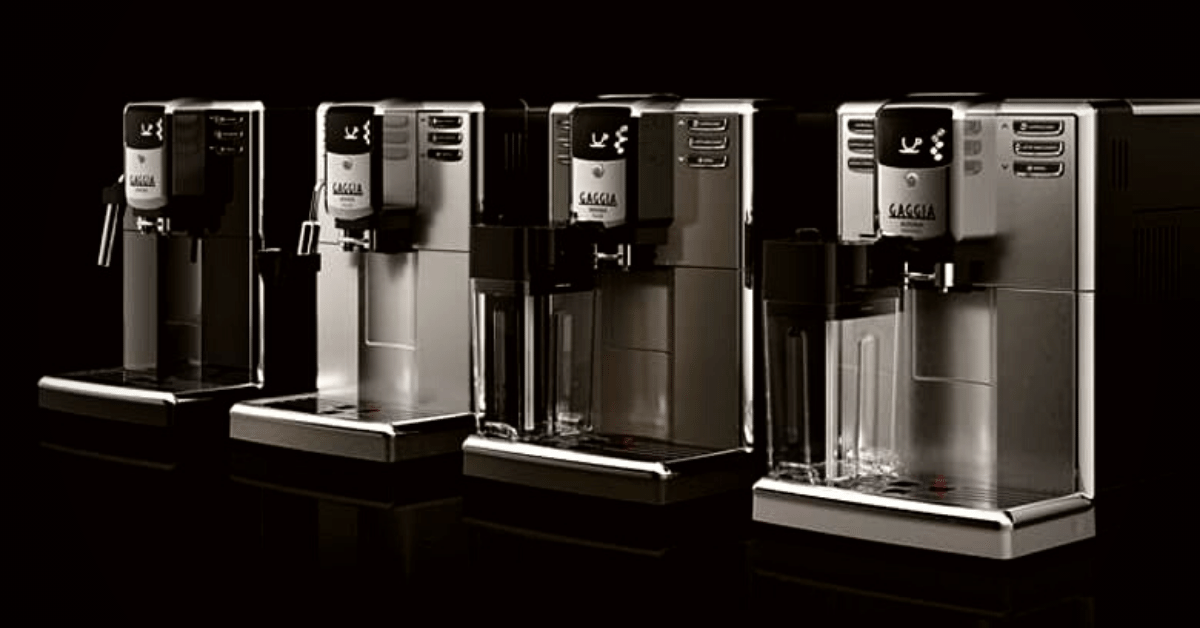
Gaggia has also been around for a while. Today, it’s owned by Philips, but these two brands make their machines separately.
Gaggia offers a wide range of machines, but the Anima Prestige automatic coffee machine is probably its most popular one.
It’s small and compact but quite a beast inside.
Gaggia Anima Prestige offers a variety of programmable features, such as the temperature and volume of your coffee. Not as much as Jura does, but Gaggia definitely offers the most important ones.
You can save those preferences for later so that you enjoy your espresso with a single button.
What’s also great about this model is that it features a removable brew head. This not only makes it easy for you to clean it but also to replace it in case it gets broken.
This model features a dual-chamber milk frothing system. It uses the carafe, which you can remove and store in the fridge until the next brew.
Pros
- You can alter coffee parameters to make the drink up to your preference
- The removable brew head makes it easy to clean and replace when needed
- Sturdy and built to last you many years
- The coffee machine goes into standby mode when not used, thus saving you energy
Cons
- Not as many drink and customization options as Jura
Jura vs Gaggia Showdown
Alright, we’ve covered the basics, as well as the most popular models by each brand. But how do Jura and Gaggia compare in each category? Let’s see.
How good are the grinders?
All Gaggia models use ceramic burr grinders, regardless of their price tag.
When it comes to material, ceramic is the best option.
Fresh out of the factory, stainless steel burrs might be slightly sharper, but ceramic retains its sharpness for much, much longer.
Furthermore, ceramic doesn’t conduct heat, so you don’t have to worry about burrs getting hot and affecting your coffee bean.
Finally, it doesn’t get rusty, which can happen to stainless steel if not maintained properly.
Jura, on the other hand, uses stainless steel burrs. This does come as a bit of a surprise, given that ceramic is considered to be better, and Jura strikes for the best. But that doesn’t mean that these steel grinders are bad in any way.
Newer models come with the so-called Aroma G3 grinder, which uses burrs with the improved cutting angle. This allows them to grind twice as fast, so they affect the temperature of coffee beans much less.
Plus, they’re really quiet. This is quite useful when you’re making coffee while the rest of the household is sleeping.
Gaggia grinders offer anywhere between 5 and 15 grind settings. As for Jura, numbers range from 7 to infinite, depending on the model.
IN A NUTSHELL
While both brands have high-quality grinders, Gaggia uses ceramic, which is a slightly better material. However, Jura offers many more grind size options, so these two brands are tied in this category.
What are the brewing options?
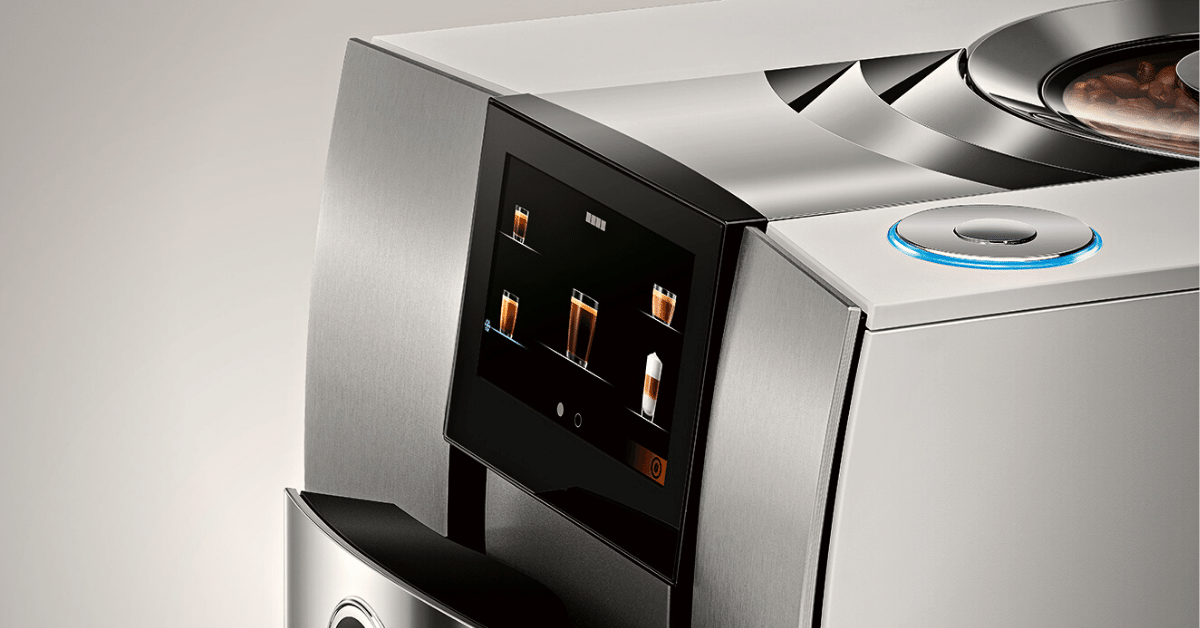
Gaggia makes both semi-automatic and super-automatic espresso machines.
Entry-level Gaggia models, such as Classic Pro, offer no customization in the coffee brewing process. You can only make your coffee stronger or weaker, depending on the amount of water used.
Other, more high-end models allow you to adjust the water temperature, aroma, and strength of your espresso. Super-automatic models also offer pre-programmed drinks.
Jura only makes automatic coffee machines. This means every model offers a bit of customizability when it comes to drinks.
Regardless of the price tag, all Jura models allow you to choose:
- Coffee temperature
- Aroma level
- Coffee strength
Furthermore, Jura machines, being super-automatic, also offer premade drink options, anywhere from 2 to 28, including specialty coffee drinks such as cappuccino and latte macchiato.
IN A NUTSHELL
Both of these brands allow you some customization, depending on the model. But being super-automatic, Jura definitely leads in this category.
What’s the coffee like?
One thing that’s clear is that both of these brands make excellent coffee.
And one of the reasons behind that is the pre-brewing infusion. This means soaking the coffee grounds in hot water before brewing.
The idea is to pre-wet all the ground coffee so that there’s the same amount of water flowing through the coffee bed when extraction begins. Basically, this step ensures optimal extraction for a perfect coffee.
Both brands also allow you to tweak your drink with the different parameters we already mentioned. And that means you can finetune it to turn out how you want it to be.
Another feature that helps both brands achieve great results is a fast heating system. In the case of Gaggia, we’re talking about a Quick Heat boiler, while Jura uses a Thermoblock system.
Both of these systems are very fast at heating up, allowing you to brew cup after cup.
More high-end models from both brands may also feature dual heaters, allowing you to brew and steam simultaneously.
IN A NUTSHELL
These two brands make quite a similar cup of espresso. With features like a fast heating system and pre-brewing infusion, you get an optimally extracted shot.
How well do they steam milk?
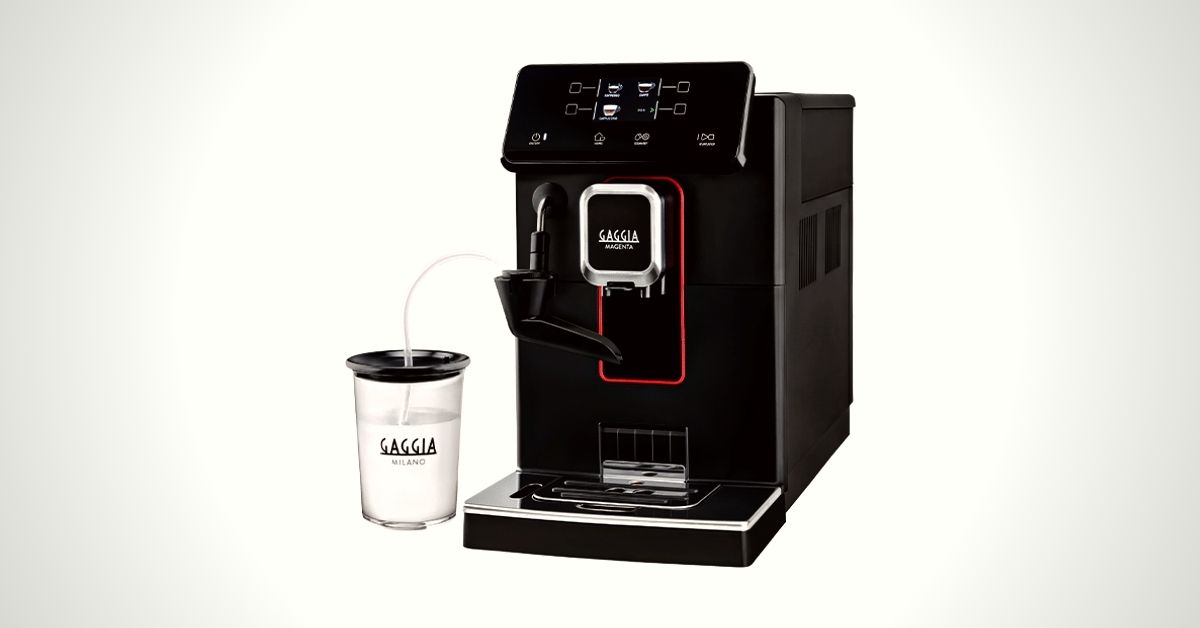
Both Jura and Gaggia make excellent froth but in different ways.
Entry-level Gaggia models typically feature a Pannarello-style steam wand. This type of steam wand is designated to make a nice layer of milk froth, regardless of your expertise.
More high-end Gaggia models have an automatic froth system with an integrated milk carafe. This system draws milk from a separate container, froths it, and slides it automatically. That way, you don’t need to move the cup from under the coffee spouts.
All Jura models (that have a milk frother) use an automatic milk frothing system. Some may use a separate milk outlet, while others have a built-in milk container.
One thing I do find annoying is that you have to buy a container separately, which adds up more to the overall price.
To be honest, it would be much less noticeable to increase the price a bit and simply include the milk container with the purchase.
IN A NUTSHELL
These two brands are pretty much tied in this category. They both make great froth for specialty coffee drinks, albeit using different techniques.
How easy are they to use?
Both brands are rather intuitive to use.
Entry-level Gaggia models use LED, while those high-end models feature a TFT display. In the case of Jura, it’s TFT for more affordable and touchscreen for more expensive models.
However, Jura technology is much more advanced. And combined with AI, the machines use algorithms to identify your coffee preferences and make it easier to make the drink you want.
Plus, many Jura models have a Bluetooth connection, allowing you to operate it with your phone or tablet.
IN A NUTSHELL
Both brands have intuitive control panels. But Jura goes above and beyond to make brewing even simpler with AI algorithms and Bluetooth connection.
How easy are they to clean?
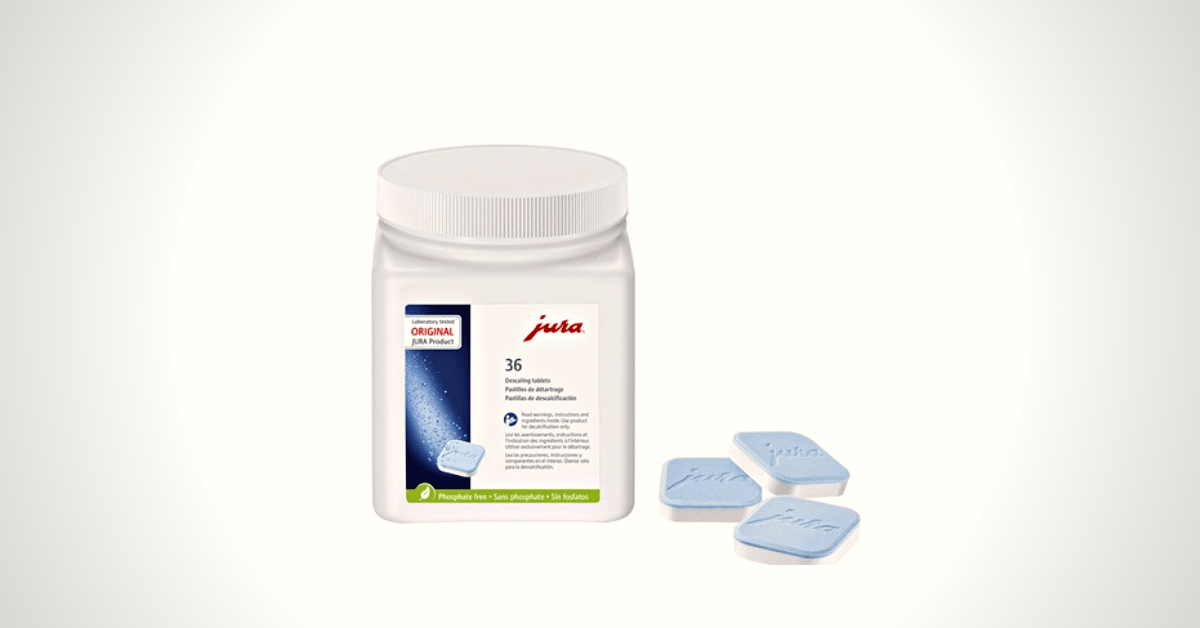
Both brands offer self-cleaning programs, which is to be expected.
But one thing I love about Gaggia is that the brew unit is removable. This is great as it allows you to clean it thoroughly, which can be hard to achieve with fixed ones. Jura, on the other hand, doesn’t have a removable brew unit.
Of course, both brands also feature filters to purify water and prevent buildup.
In the case of Gaggia, the AquaClean Filter allows you to brew up to 5,000 cups without the need to descale the machine.
But when it comes to Jura, the CLEARYL filter is so good that you don’t ever need to descale if you’re replacing it regularly.
IN A NUTSHELL
Both of these brands offer self-cleaning programs and filter systems. But with Jura, you don’t even need to descale if you’re replacing a filter on a regular basis.
How much do they cost?
Gaggia offers espresso makers at different price points, ranging from affordable to commercial-grade. Whatever your budget may be, there’s surely a model for you.
Jura, on the other hand, is much more expensive. Sure, there’s a great range of different price tags, but they all cost an arm and a leg.
Even the cheapest Jura machine costs more than mid-range models from many other brands.
With that being said, Jura isn’t really overpriced. The brand only uses the best features and wants to settle for nothing less.
IN A NUTSHELL
Both of these brands offer models with a wide range of price tags. And while Jura costs way more, there’s a justified reason for that.
To Sum Things Up
Choosing between these two brands is not an easy task. They’re both great in so many categories, but there are also some important differences between the two.
Choose Jura if:
- You want a more durable coffee machine
- Want the convenience of doing everything with a simple touch of a button
- Don’t mind spending more on an espresso maker
Choose Gaggia if:
- You want to get more bang for your buck
- You want something that’s simple to use
- You want a semi-automatic espresso machine
Trust me. Whatever you choose, you won’t go wrong. Both make great coffee, which is the most important factor, right?

